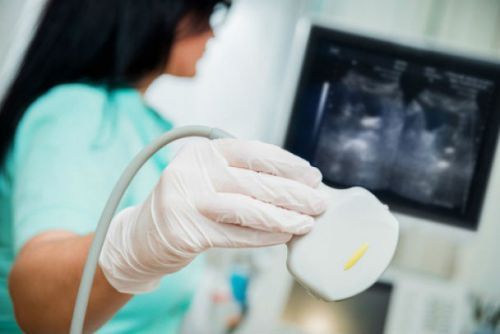In modern urology used a large number of methods of investigation of the urinary tract and the functioning of the urinary system. One of the most informative and valuable methods are x-ray examination of the urethral tract. This study is urethrography.
The technique
The term urethrography consists of two Greek words: “urethra” and “grafo”, which means to portray the urinary tract. Under artrografia understand the special x-ray method of research in which the cavity of the urinary tract, we introduce a special radiopaque substance.
Then the procedure is carried out radiography of the urinary system.
The main purpose of urethrography is to assess the patency of the urethral canal. In this study, it is possible to identify and confirm some of the serious diseases related to the urogenital system. Most of this research method is applied in men than in women and this is due to the more complex structure of the urethral canal in the male body.

Urethrography is held in such diseases and conditions as:
- trauma to the urethral channel;
- stricture of the urethra;
- anomalies and developmental defects of the urinary tract;
- neoplasms of the prostate gland;
- inflammatory diseases of the urethra, bladder and prostate;
- violation of urination.
With all of the above diseases, this method proves to be very informative and valuable diagnostic test which allows to confirm not only the disease itself, but its form and degree.
Contraindications to the study
For urethrography there are some contraindications, which a study can lead to the deterioration of health.
Absolute contraindication to the use of urethrography include:
- acute purulent-inflammatory process in the external and internal genital organs and in organs of small pelvis;
- allergic reactions and intolerance to iodine-containing radiopaque substances.
To avoid the development of progression of inflammatory diseases of the genitourinary system and the allergic reactions the first step is to stop an acute process in the patient or even abandon the study.
The types of urethrography
Specialists in diagnostic radiology and urology there are two forms of urethrography, which have their own benefits and to help diagnose certain disorders of the urogenital tract. Isolated retrograde or upward urethrography and mictional or descending urethrography.
Retrograde technique
Rising urethrography is performed with the patient lying on his back. A specialist injects into the urethral canal through the head of the penis a special catheter. Through which the ureter is injected radiopaque substance. Most often in urological practice, the use of such iodine-containing substances, such as urografin and gipac. For the study using a 100 ml syringe Janet.

The position of the patient during the study
The study takes male special position, while his right leg plays outward and bent at the hip and knee joints. The left leg remains stretched and retracted outwards and backwards. In this situation it is possible to achieve the best contrast and visualization of the urethral channel. During the study, with the outer portion of the penis remains fixed in an erect position.
The study is conducted under the control of fluoroscopic equipment, and image is done in the moment of maximum filling of the urethra radiopaque substance. In normal urethrography bladder is also filled with contrast agent.
Descending technique
Meccinna urethrography to detect a large number of pathological conditions of the urethra. Unlike the ascending technique the catheter is not in the urethra and into the bladder, and then into the bladder injected an average of 200 ml of a radiopaque substance. X-rays are produced at the time of urination, which can detect not only anatomic features of the urethral canal, but also to conduct urodynamic evaluation of voiding. When descending urography is better is determined by the rear part of the urethral channel, which allows to identify a urethral diverticulum, congenital anomalies associated with a doubling of the urethra and its valves.
What diseases can be identified
When conducting urethrography you can detect most of the diseases associated with the genitourinary tract.
The most common diseases that lend themselves well to visualization are:
- congenital abnormalities of the urethra;
- sclerosis of the bladder neck;
- cancer of the organs adjacent to the urethra and bladder;
- the primary and secondary deformation of the urethral channel;
- injuries of the urethra.
In modern urological practice radiology research methods, in particular urethrography are one of the most effective research that a small number of contraindications.




My brother recommended I might like this blog. He was entirely right. This post truly made my day. You can not imagine simply how much time I had spent for this info! Thanks!
*Youre so cool! I dont suppose Ive read anything like this before. So nice to find somebody with some original thoughts on this subject. realy thank you for starting this up. this website is something that is needed on the web, someone with a little originality. useful job for bringing something new to the internet!
I really like and appreciate your post.Really thank you! Cool.